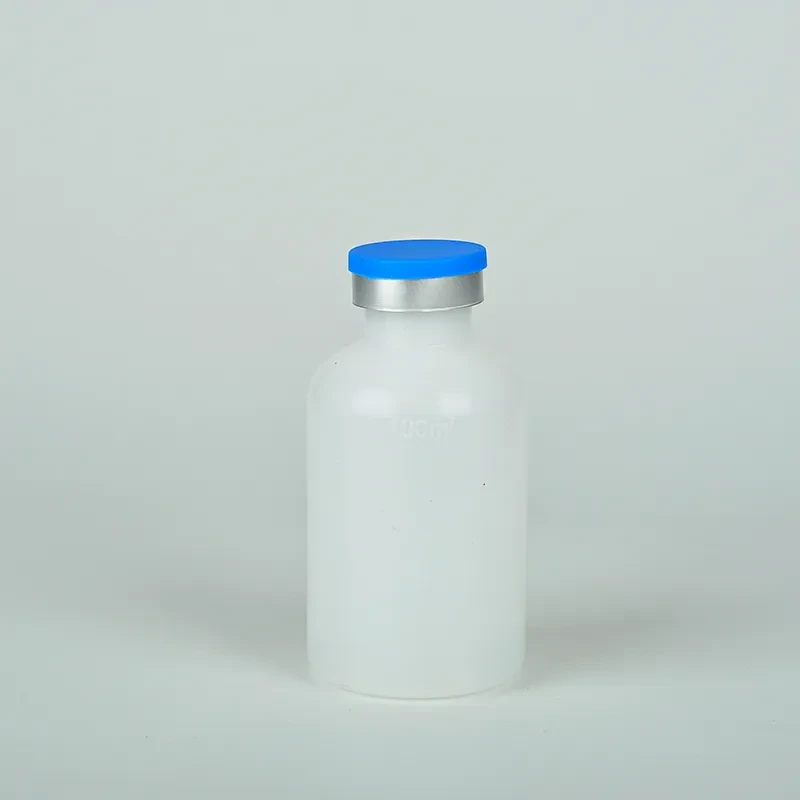https://www.wahmg.com/)">
Exploring the Fascinating Science Behind Dropper Bottle Applications and Experiments
Exploring the Fascinating Science Behind Dropper Bottle Applications and Experiments
The Science Behind Dropper Bottles A Closer Look
Dropper bottles are commonplace in laboratories and homes, serving essential roles in various fields, including chemistry, biology, and even cooking. Their simple yet effective design has made them invaluable for precise liquid measurement and application. This article delves into the science of dropper bottles, exploring their design, functionality, and applications.
Understanding the Design
A typical dropper bottle consists of two main components the bottle and the dropper. The bottle, which usually comprises glass or PET plastic, holds the liquid, while the dropper is typically made of a rubber bulb and a glass or plastic tube. The design is engineered to facilitate accurate dispensing of liquids, from essential oils to laboratory reagents.
Gravity and air pressure play crucial roles in the operation of dropper bottles. When the bulb is squeezed, air is expelled, creating a vacuum inside the dropper tube. When released, the bulb expands, drawing liquid up through the tube and into the bulb itself. The pressure difference allows for controlled dispensing, where the liquid can be released drop by drop.
The Science of Dispensing
The size of drops dispensed from a dropper bottle can be influenced by several factors, including the viscosity of the liquid, the diameter of the dropper tube, and the surface tension of the liquid. Viscosity refers to a liquid's resistance to flow; thicker liquids tend to form larger drops, while thinner liquids produce smaller drops. Surface tension, a property of liquids that causes them to behave as if their surface is covered by an elastic film, also plays a significant role. Greater surface tension results in rounder, more cohesive drops.
dropper bottle science

For example, when dispensing water, the drops will be of a different size compared to dispensing honey. This variability is crucial in scientific and culinary applications where precision is essential. Understanding these factors can aid users in achieving their desired results, whether in a lab experiment or while making culinary creations.
Applications in Various Fields
Dropper bottles are widely used across many fields. In the pharmaceutical industry, they are essential for dispensing liquid medications accurately. Precision is crucial, as even a minor discrepancy can alter the effectiveness of a treatment. In laboratories, dropper bottles are employed for the careful application of reagents in experiments and for the control of substances in chemical reactions.
In the world of food and beverage, chefs often use dropper bottles to add flavorings and oils in precise amounts, enhancing the presentation and taste of dishes. Additionally, in the realm of skincare and cosmetics, dropper bottles are a popular choice for serums and oils, allowing users to apply the right amount without waste.
Conclusion
In summary, the dropper bottle is a simple yet sophisticated tool that embodies principles of physics and design. Its functionality relies on an understanding of fluid dynamics, from gravity to air pressure, making it an essential device across various applications. Whether in laboratories, kitchens, or cosmetic routines, dropper bottles offer precision that is invaluable for both professionals and enthusiasts. Understanding the science behind these bottles enhances our appreciation for their role in our daily lives, ensuring that we use them to achieve the best possible results.
-
Wholesale Plastic Juice Bottles with Caps 16 oz Options Available Bulk Packaging SolutionsNewsJun.10,2025
-
Laboratory Apparatus Reagent Bottle – Durable & Chemical Resistant Bottles for Safe StorageNewsJun.10,2025
-
Squeezable Dropper Bottles Durable, Leak-Proof & CustomizableNewsMay.30,2025
-
Affordable Plastic Petri Plates Sterile & Disposable Lab-GradeNewsMay.30,2025
-
Eye Dropper Caps Precision 24/410 & Plastic Bottle-Compatible TipsNewsMay.30,2025
-
Affordable Mini Spray Bottle Price & Wholesale Deals Shop NowNewsMay.29,2025





















